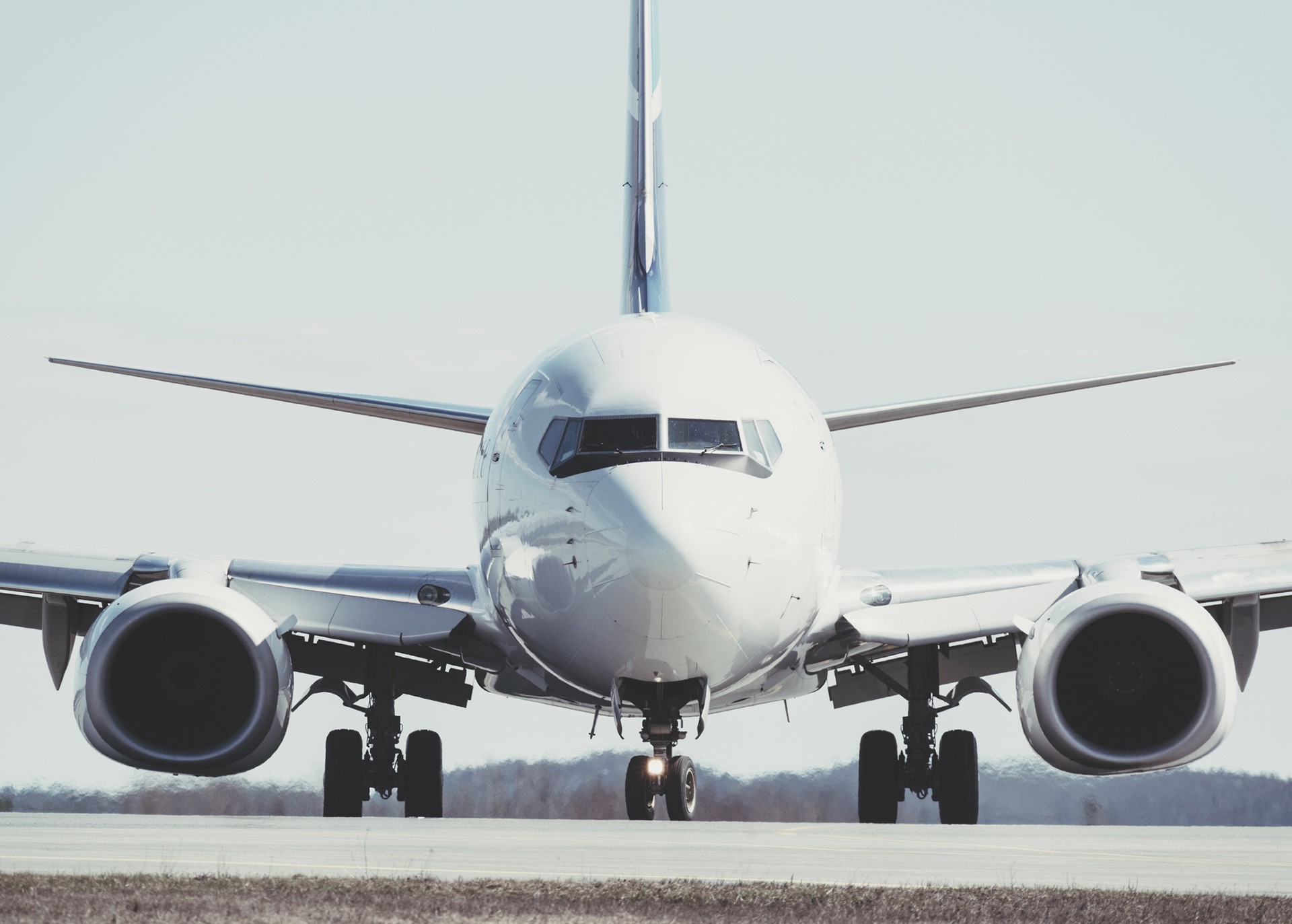U.S. airlines on Monday pointed to concrete signs of an industry recovery as a slowing pandemic drives spring and summer leisure bookings, pushing shares to their highest level since the coronavirus crisis hit the sector a year ago.
“I do think we’re near the end of the virtual world,” United Chief Executive Scott Kirby said at a J.P. Morgan conference.
Airline executives said that U.S. COVID-19 vaccinations, which are accelerating, have outstripped the number of positive cases, which are on the decline.
As a result, people are booking vacations and visits to friends and relatives, helping to slow the pace of expected revenue declines in the first quarter, they said.
Shares started dropping dramatically on Feb 21, 2020 as the pandemic spread, reaching a low on May 14 and gradually increasing since then to the current high.
United Airlines said it expects to halt its cash burn in March, sooner than forecast. In January, United said an average daily core cash burn of $19 million in the fourth quarter would likely continue in the beginning of 2021.
The positive trend in core cash burn is expected to continue after March, assuming the current bookings trajectory remains in place, Kirby said. United is the first to say it could hit the industry’s cash burn milestone.
Shares of United surged 7% in midday trading. The Dow Jones U.S. Airlines Index was up more than 3%.
Delta Air Lines is “cautiously optimistic” that it can halt its cash burn this spring, CEO Ed Bastian said.
Delta said it will use cash for aircraft purchases in the second quarter and expects its first-quarter revenue decline to be at the low end of its forecast for a 60% to 65% decline from the same quarter in 2019, before the onset of the pandemic.
Southwest Airlines estimated lower cash burn in the first quarter and a lower decline in operating revenue for March than previously forecast, though CEO Gary Kelly warned at a Washington Post conference that business travel will remain depressed and may never recover pre-pandemic levels.
JetBlue Airways also forecast a slowing pace in its first-quarter revenue drop, projecting a decline of between 61% and 64%, compared with the same period in 2019. It had previously forecast a fall in revenue of 65% to 70%…



